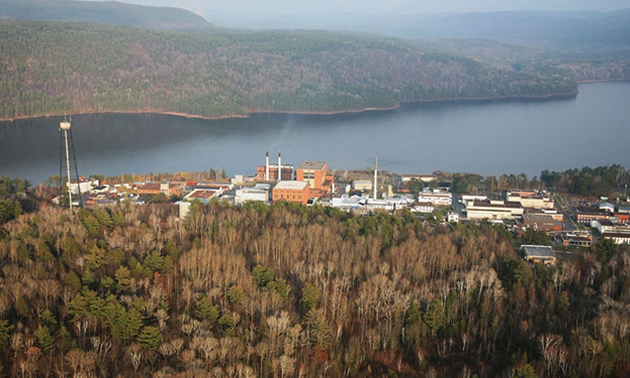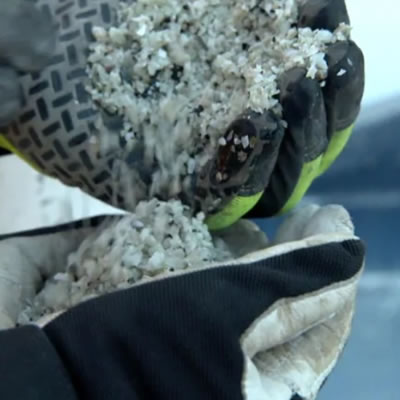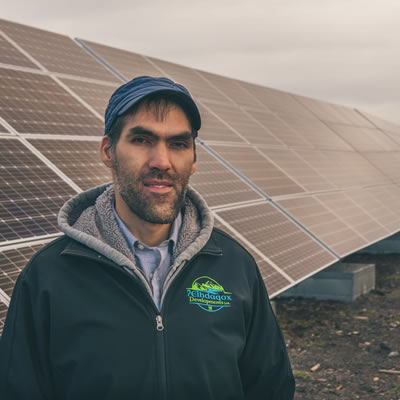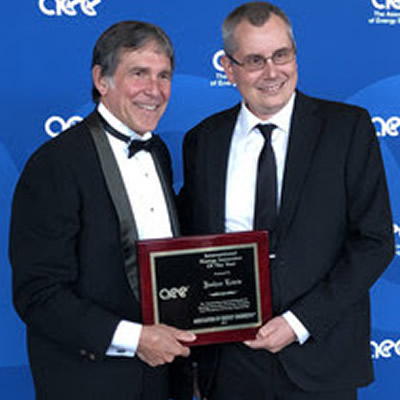Exploring the SMR opportunity – CNL begins discussion on Canadian deployment

Overhead view of Chalk River Laboratories. — Photo courtesy Canadian Nuclear Laboratories
Given the growing desire for clean, safe, low-carbon energy sources, there is renewed interest in nuclear technology as a potential solution. In addition to the large, grid connected systems, many in remote locations, island nations or large industrial sites have begun to focus their attention on small or very small modular reactors (SMR / vSMR). These new reactor technologies provide an alternative to traditional nuclear reactors, and a broad range of applications.
While technologies vary, SMRs range in physical size and electrical output, making them suitable for applications which require a small footprint or a relatively small amount of power. They are designed to be purchased and constructed in a modular method, meaning that additional units could be added as needs change in time. This modular approach could also drive down costs through volume manufacturing, which in turn helps reduce the risk for investors. It is worth noting that the definition of SMR includes designs which vary in electrical output from as high as 300 MW for grid-connected reactors, down to 3 MW which could be best suited for remote or industrial applications.
Much more than simply electricity generation, SMRs could be part of an overall energy scheme that includes district heating, co-generation, energy storage, desalination, and hydrogen production among others. These traits are particularly attractive to remote off-grid applications in northern communities or industrial sites, such as mines, where consistent, reliable and low carbon, clean energy is needed.
Canada is uniquely positioned to benefit from small modular reactor deployment. With more than 250 remote communities in Canada`s north, and the growth in extractive industries CNL believes that the time is right for this technology. Given the high cost and challenging logistics for fuel transportation to some of these isolated locations, an SMR is not only though to be cost-competitive but also more reliable and with a far smaller environmental footprint.
A CNL study analyzed the potential off-grid market for SMRs in Canada in 2025. This market includes remote communities, remote mining projects, oil sands extraction and upgrading projects, co- generation facilities, and district heating applications. This study found that if SMRs are economically competitive with fossil fuel burning generators (which they are expected to be), then the potential market for off-grid SMRs in Canada reaches over 600 power plants, with a total power demand of 35 GWe. Most of these power plants require an installed capacity of less than 5 MWe, falling into the vSMR category.
The SMR industry is in the early stages of establishing a foothold in the power market. Although there are three operating small reactors globally and more under some stage of construction, the majority of SMRs are in the early stages of design. Many of the SMR technologies under development that have entered the Canadian licensing process are new nuclear technologies for Canada. The SMR research program at CNL to date has been focused on capability and knowledge development for various non-water cooled reactor technologies to provide support to the regulator and generate information that may be useful to policy makers.
Canadian Nuclear Laboratories’ long-term vision is to be a recognized hub for SMRs, and position Canada as a world leader in the technology. With the site identification and selection process beginning now, CNL is reaching out to the SMR developer community, potential industrial users and host communities to better understand how they view the technology, determine the market interest, and gather information which will guide CNL’s science program over the years ahead.
On June 1, CNL officially launched a process to gather input which will shape the development of our SMR strategy and inform discussions with our stakeholders going forward. This effort is not limited to SMR technology developers and the nuclear supply chain, but also at potential host communities, industrial users and other interested stakeholders. It is important to CNL that we obtain a ‘big picture’ understanding of the opportunities and the challenges that lie ahead, and are asking you to participate in the process.
CNL invites anyone interested in sharing their views to visit www.cnl.ca/SMR and complete the short form, either online or submit a scanned hard copy. Comments are welcome until July 31.




